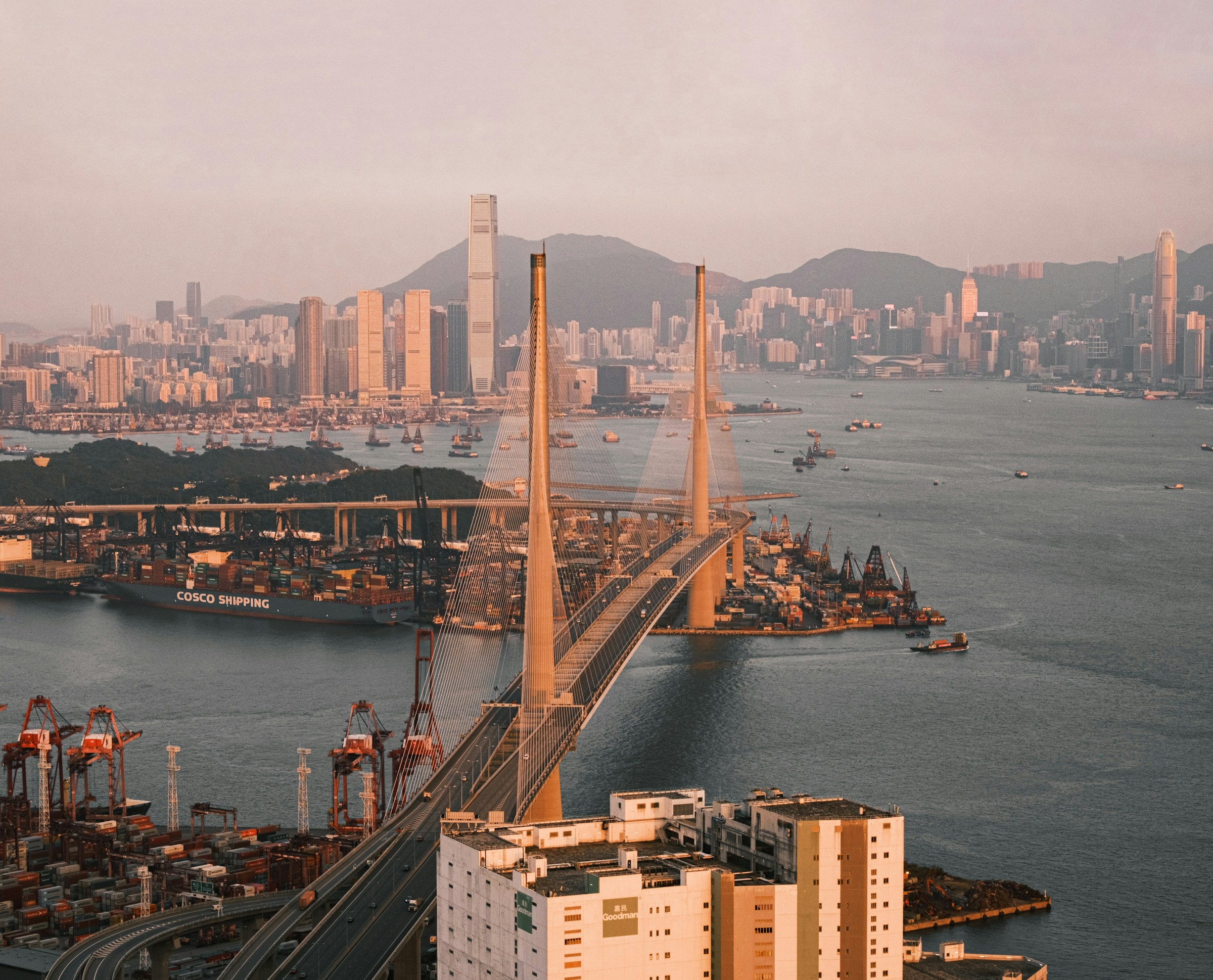The Development Bureau’s proposal to reclaim 301 hectares—145 near Lung Kwu Tan and 45 in Tuen Mun West—for a “smart and green industrial port” reflects Hong Kong’s appetite for industrial transformation. Yet beneath the surface appeal of digitized construction hubs and green port branding lies a troubling omission: the city’s diminished standing in global maritime flows.
This isn’t just a matter of missed nostalgia. In 2008, Hong Kong was the world’s third busiest container port, with nearly 24.5 million TEUs. By 2023, that figure had shrunk to 14.4 million TEUs, pushing Hong Kong out of the global top 10. Shenzhen Port, just across the border, more than doubled that throughput. The drop is not cyclical. It’s structural. And the capital reallocation logic behind Hong Kong’s new industrial zone seems to avoid that uncomfortable truth.
Hong Kong’s container port dominance in the early 2000s was not purely about physical assets. It reflected a convergence of factors: legal predictability, financial services proximity, and a reliable logistics ecosystem anchored by Hutchison Port Holdings and Modern Terminals. As Chinese ports scaled rapidly and invested in direct sea-rail and bonded logistics ecosystems, the advantage shifted. Shenzhen and Guangzhou now offer superior hinterland connectivity and lower handling costs—while also absorbing upstream and downstream value chain components.
This structural shift raises a key institutional question: Should Hong Kong double down on new port-industrial integration models—or defend its remaining maritime relevance by reviving its container terminal strategy?
The real risk is institutional, not infrastructural. Hong Kong’s status as a global hub—one that justifies international capital inflows and high-grade maritime insurance presence—relies on function, not title. As container throughput declines, insurers, shipping alliances, and regional logistics investors recalibrate. The capital flow consequences are slow but compounding: fewer investment-grade infrastructure bonds linked to port upgrades, less appetite for forward hedging in HK-linked maritime finance, and increasing preference for Shanghai or Singapore as regional control points.
With the city’s sovereign-linked investment bodies still active in infrastructure, the question becomes one of strategic allocation. Reclaiming land for advanced construction hubs may serve near-term employment and ESG optics—but it may misfire on long-term trade utility if it ignores shipping demand trajectories.
There is no current indication that the Hong Kong Monetary Authority or the Transport and Logistics Bureau is redirecting liquidity support or fiscal incentives toward container port recovery. Instead, regulatory energy appears diffused across green transition messaging and industrial clustering. While this aligns with global infrastructure narratives, it introduces a misalignment between fiscal deployment and trade function.
A deeper calibration of capital deployment—toward transshipment innovation, bonded logistics integration, and AI-led terminal operations—could alter this trajectory. But the political economy favors shovel-ready projects over container strategy coherence. That asymmetry—between what’s fast and what’s strategic—defines the capital misallocation risk.
Capital isn’t waiting. Shipping alliances are increasingly optimizing around port-pair efficiency and regulatory friction. Singapore’s Tuas Mega Port, with fully automated terminals and energy efficiency mandates, is rapidly becoming the regional benchmark. Shanghai’s Yangshan Deep-Water Port has embedded itself in China's trade narrative, while Guangzhou is executing inland port expansion with industrial belt integration.
In contrast, Hong Kong’s container terminal investments are minimal. There is little signal of cost reform, terminal automation, or regulatory harmonization to attract next-generation shippers. Maritime capital is flowing toward scale, integration, and digital control—not brand or legacy.
What’s at stake is not just port usage—but maritime posture. If Hong Kong’s reclaimed land becomes an advanced industrial façade with little throughput utility, the region risks being bypassed in the next era of shipping consolidation. Maritime influence depends on volume, visibility, and velocity—not just vision.
For sovereign investors and public-sector capital allocators, the implication is clear: Reclaiming land is not the same as reclaiming relevance. If container strategy is not part of the industrial equation, Hong Kong may inadvertently sideline its most geopolitically strategic asset—deepwater port access in a region where port competition is intensifying, not stabilizing.
This isn’t a realignment. It’s an omission. The proposal may look like forward planning—but it silently retreats from global port relevance. Capital posture favors speed. But maritime status demands scale, strategy, and throughput fidelity. If container logic is excluded from the plan, Hong Kong won’t just miss out on shipping flows—it will forfeit the capital narrative that once made it indispensable.














